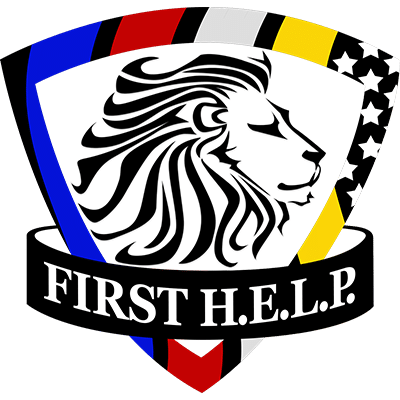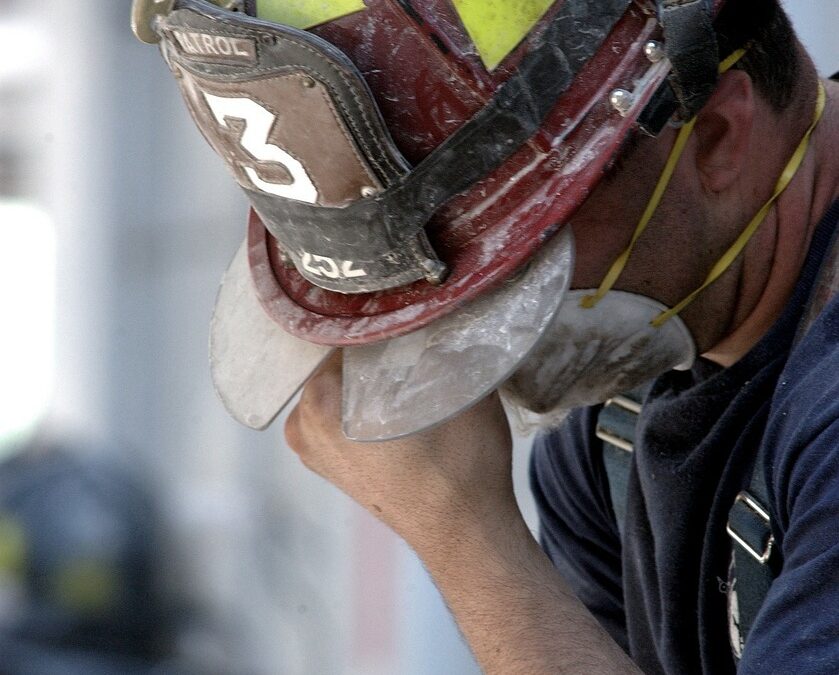It’s time we had a conversation about Talking to first responders stress and burnout. The stress and trauma first responders face every day becomes quite a heavy load to carry every day. First responders have a greater likelihood of suicide, PTSD, insomnia and substance abuse than the general population (link, link, link and link). Another challenge faced by first responders is the stigma against seeking help makes it even harder to get the support they need to handle the cumulative stress of these professions.
Build trust
No leadership strategy or tool beats knowing your people. Trust is like a bank account balance that is built over time in the small interactions. We can’t expect people to share vulnerable information with us if we haven’t invested in building that trust bank account. You can build trust by being present when having conversations with others. Show interest in them and their interests, this helps build psychological safety which helps prevent burnout.
When you have a positive balance in this trust bank account, your people know you care about them and will be more willing to be honest with you. Paula Davis, a burnout expert describes a strategy to help reduce defensiveness in conversations called humble curiosity.
- Help me understand…
- Walk me through…
- Tell me more about…
Be knowledgeable about stress and burnout resources
Sometimes if someone is confiding in you, they just want to be heard and don’t want solutions thrown at them. Still, you have a responsibility to your team to connect them with resources that can help them deal with the cumulative stress of the job. If they’re struggling, you’re an integral part of their support system. You don’t have to solve their problems, but you can help connect them with resources that can help them solve them.
What resources are available through your organization? Have you used them? Do you know them to have helped others?
- Peer support
- Psychologists, psychiatrists, social workers or therapists
- Chaplains
- Coaching
- Crisis lines
- Employee Assistance Programs (provide training resources and access to behavioral health providers)
Share success stories
On the surface, this seems tricky because you don’t want to share private information about someone with the whole group. But people need to know that they can struggle and come back stronger, they need to know they can make mistakes and learn from them, they need to know they can take steps to protect and improve their work-life balance and overall wellbeing.
- Are people willing to share their struggles and the help they received?
- Have people set healthy boundaries to improve their wellbeing? How has the administration been supportive of this?
- What resources have been vetted and shown to be helpful for first responders on your team?
- What behaviors are rewarded?
- What have your experiences been?
Making checking-in the norm
Again, no tool or resource will replace knowing your people; knowing what makes them tick, knowing when something is off. Trust is part of the equation, but regularly checking in on how they’re doing is also important.
It can be helpful to create a code you can use with each other to describe how someone is doing physically, mentally and emotionally. People can describe how they’re doing like a battery percentage (e.g. I’m at 45% today), or use a color coding system (green is good, red means they’re in a rough spot).
The next part is to make sure we are maintaining reasonable expectations of people when their physical, mental and emotional batteries are low. We can’t expect 100% performance out of someone that’s at 45%. Should they take time off? Can they be shifted to lighter duty? What tools, strategies and resources can you recommend to help them recharge themselves?
Keep trying
Knowing tools and strategies to talk to your people about stress and burnout doesn’t make it easy to do. It does enable you to have these conversations in a more skillful way. You’ll likely make mistakes, but keep trying; your people need to know you care about them and their wellbeing, and you will be there to support them on their journey.
Kaitlyn Daniel is the owner of Learning to Lead, a Tacoma, WA based company that helps leaders build resilient teams by helping them build cultures of engagement, adaptability and trust. She is a creative and dedicated team player with over half a decade of experience teaching small and large teams in the US Army in emotional resilience, leader development, performance and academic enhancement.

